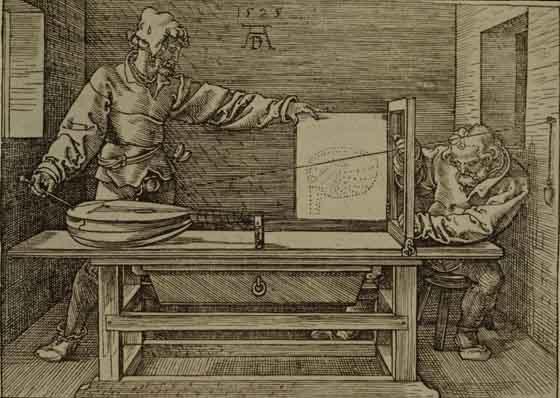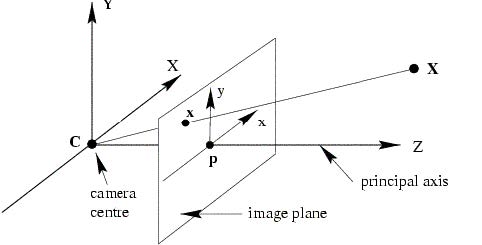

HOMEWORK AND ASSIGNMENTS
All homework and assignments will be published and graded via Brightspace.
GRADING SCHEMES
This course emphasizes a "hands-on" approach to both the better understanding of graphics' fundamental theories/algorithms and the effective use of graphics techniques in terms of graphics programming. Each student is required to follow exactly one out of the two tracks below:
-
Regular Track:
Class Attendance 15% Homework (Non-programming, 5% × 3) 15% Programming Assignments (10% × 4) 40% Exams (10% × 3) 30% Subtotal 100% Bonus (Up to 4% × 4) 16% Total 116% -
Course Project Track:
Class Attendance 15% Homework (Non-programming, 5% × 3) 15% Programming Assignments (10% × 3) 30% Course Project (Up to) 10% Exams (10% × 3) 30% Subtotal 100% Bonus (Up to 4% × 3 + 20%) 32% Total 132%
The bonus credits are spread out across the programming assignments and the course project (i.e., 4% per assignment and 20% for the course project.)
More details of the course project will be discussed during the lectures. Students who follow this track will forego their efforts for the last programming assignment (which is worth 10% base + 4% bonus credits), and instead work on their course projects (which are worth up to 10% base + 20% bonus credits). That is, students in the regular track get up to 116% course credits in total, while those in the course project track could get up to 132%.
The programming assignments will be done in C/C++, with the help of OpenGL (which is an open-source graphics library, supporting many modeling, rendering, and interaction functionalities.)
The work submitted should be your own. Late submissions will be penalized 25% per day. Furthermore, because a primary goal of the course is to teach professionalism, any academic dishonesty (e.g., plagiarism) will be viewed as a serious academic offense, thus as an evidence that the above goal has not been achieved and will be grounds for receiving a grade of F! (Please refer to CEAS Procedures and Guidelines Governing Academic Dishonesty for details.)
Machine failure should not be a reason to delay assignment due dates unless there is a major catastrophe, which will be announced by the instructor. Considering the possibility that machine failure may happen and then contention for machines will occur, my advice to all of you is that you please start the programming assignments and homework as early as possible.